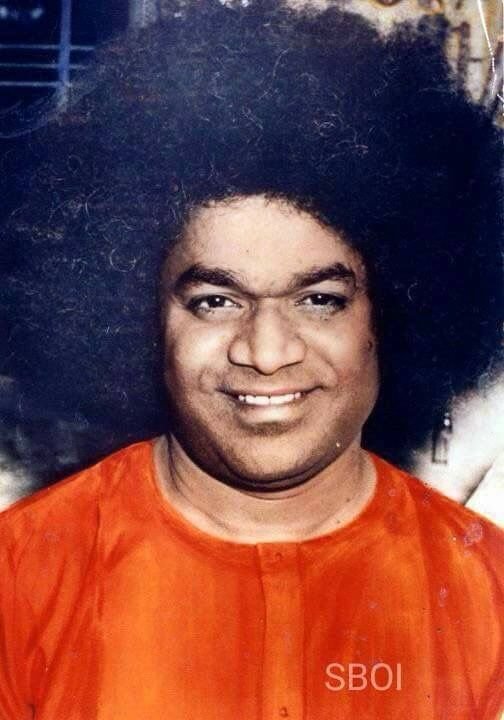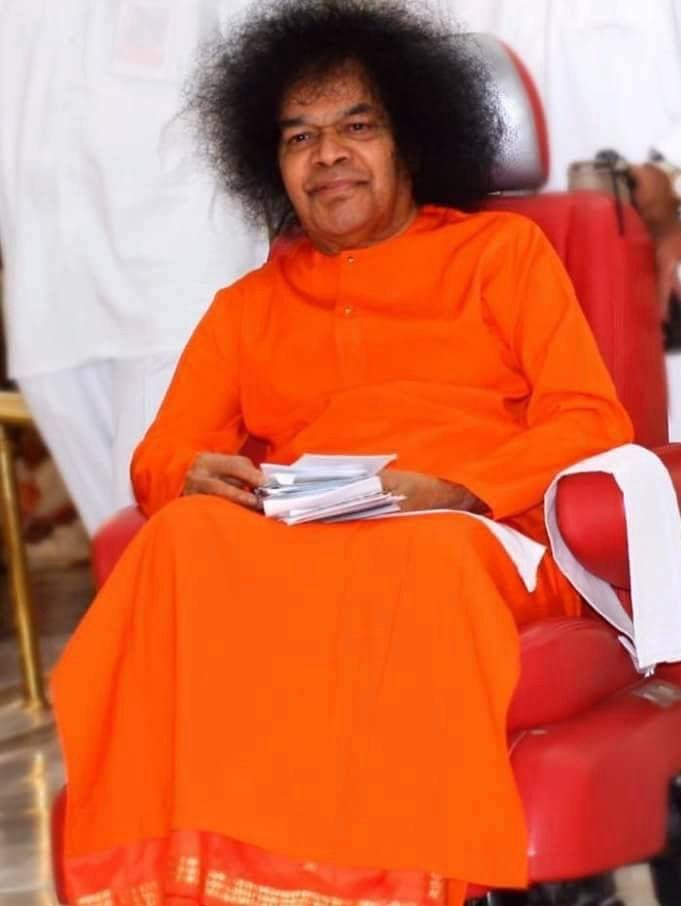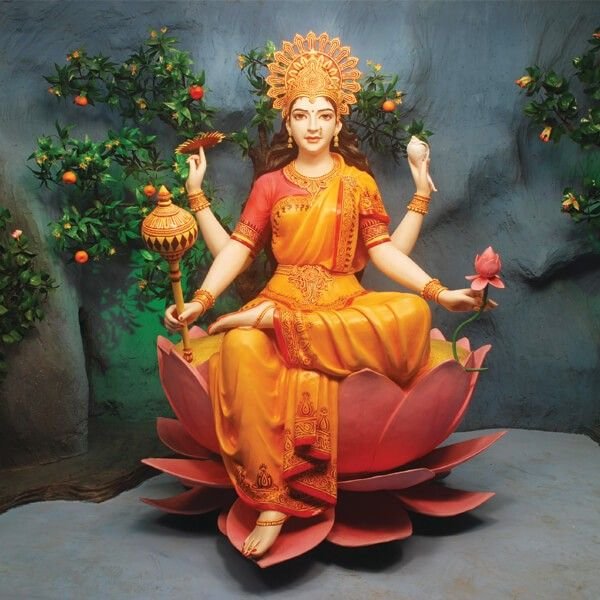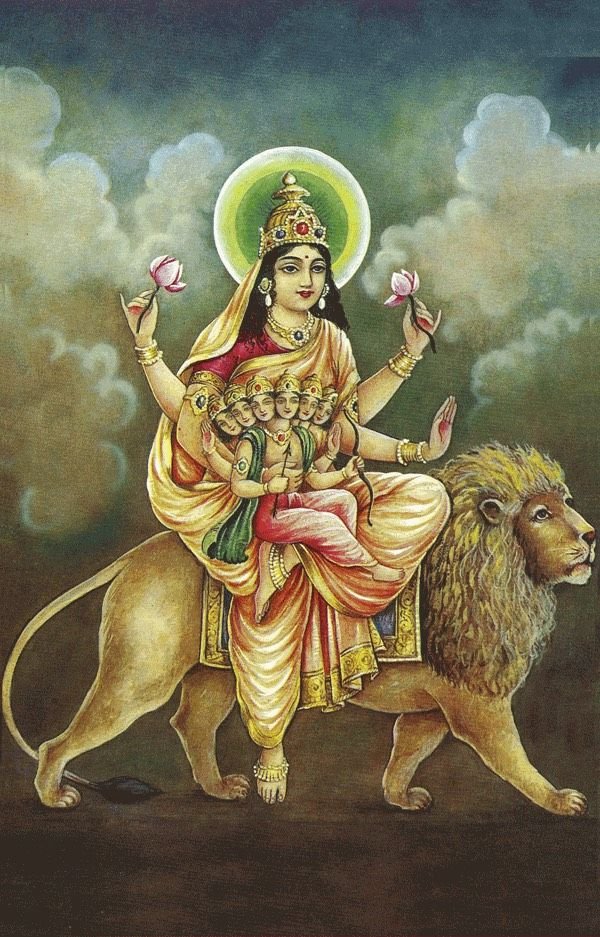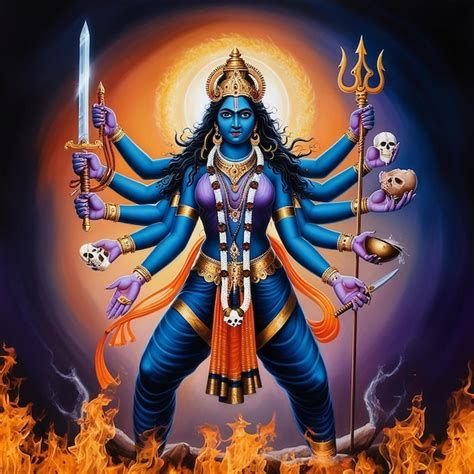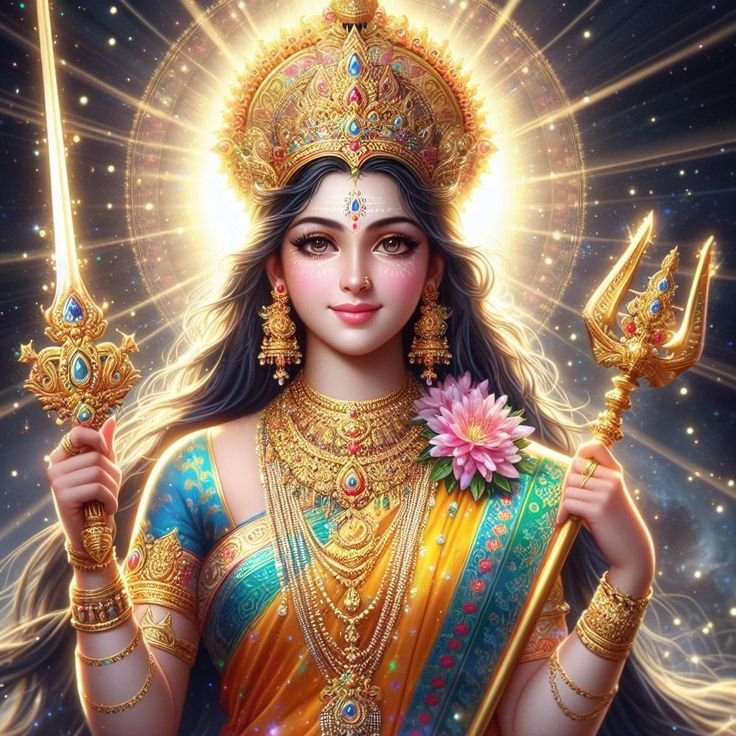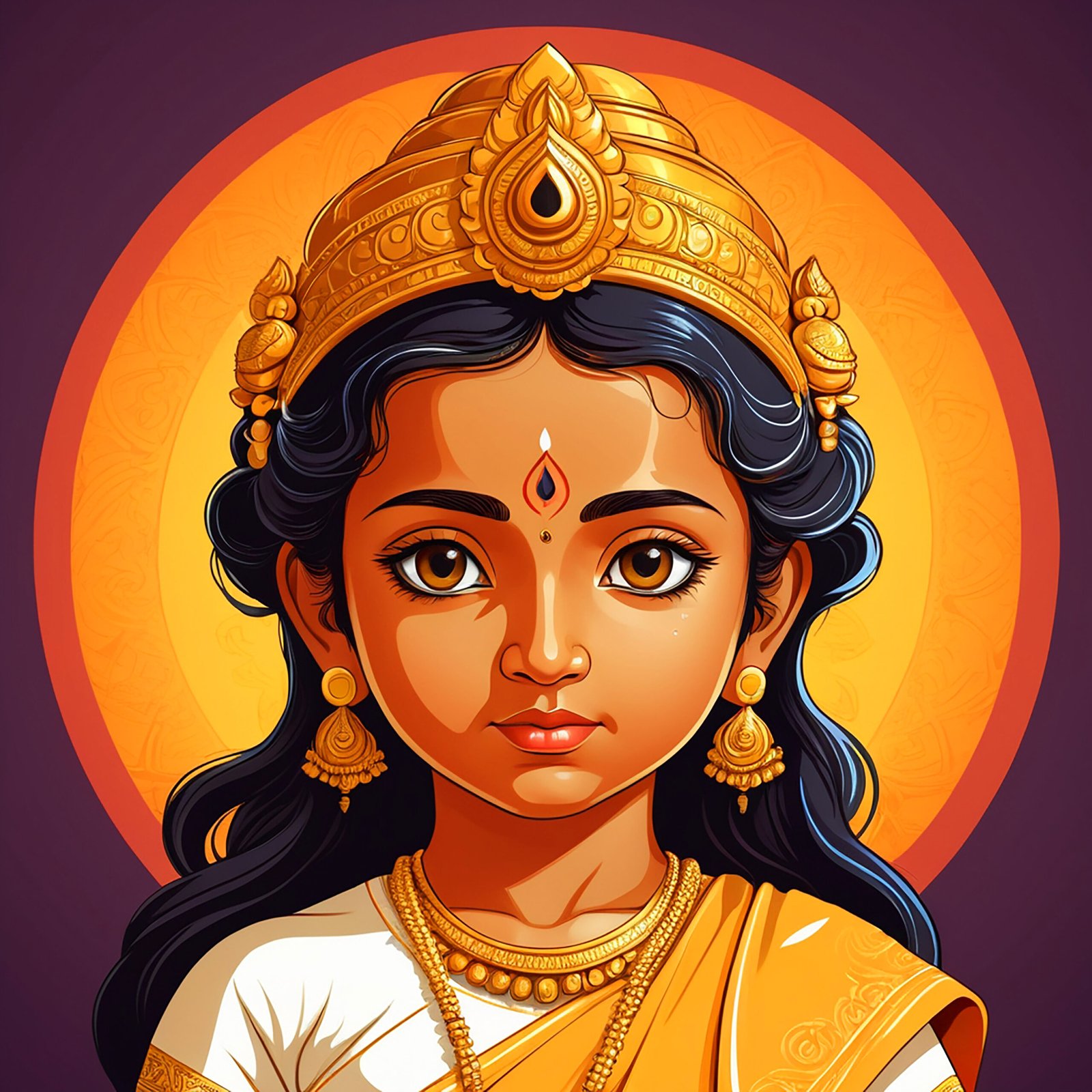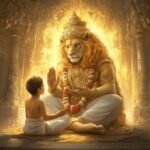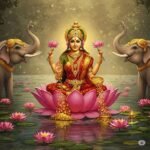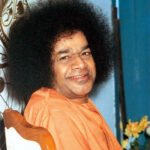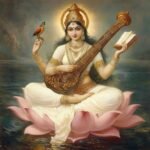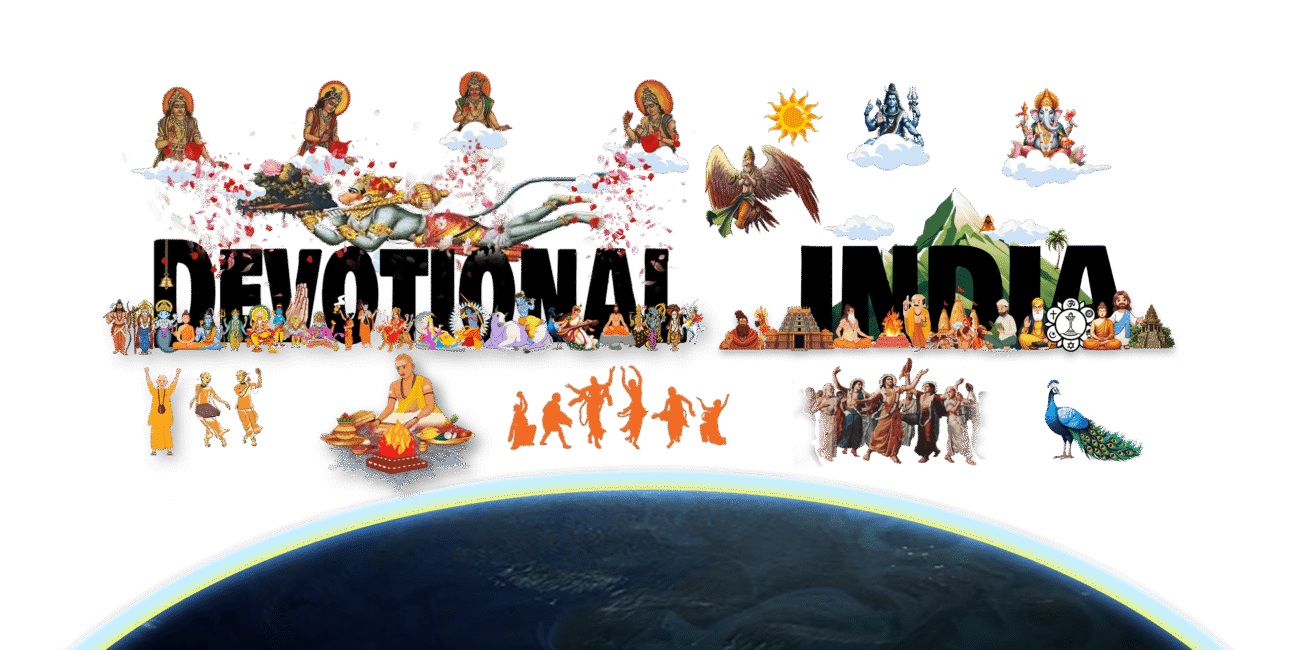CONVERSATIONS WITH SAI Satyopanishad
Satyopanishad – Part Twenty five
Direct Directions from the Divine
CHAPTER VIII:
HUMAN VALUES
Prof. Anil Kumar: Swami! Very often, You refer to Human Values. Restoring these values is, indeed, a task this Avatar had set for itself. Kindly enlighten us on how we may cognise their importance.
Bhagavan:┬ĀA man lacking human values has only the semblance of the outer form, and is not a man in action at all. The supremacy and the distinction of mankind depend on human values. Man’s birth has a purpose: cherishing his humanity and rising to divinity.┬ĀSathya┬Ā(Truth),┬ĀDharma┬Ā(righteousness),┬ĀShanti┬Ā(peace),┬ĀPrema┬Ā(Love) and┬ĀAhimsa┬Ā(Non-Violence) – these five may be said to be the vital airs which together constitute the breath. Without the vital airs of┬Āprana,┬Āapana,┬Āvyana,┬Āudana,┬Āsamana, can man exist?
Afraid that truth may land man in difficulty, he has moved further away from Truth. He is in such a sorry plight that he does not know what Righteousness is. Actually, man should never abandon these values, however troublesome the circumstances may be. Giving up these values which are so sacred is tantamount to committing suicide.
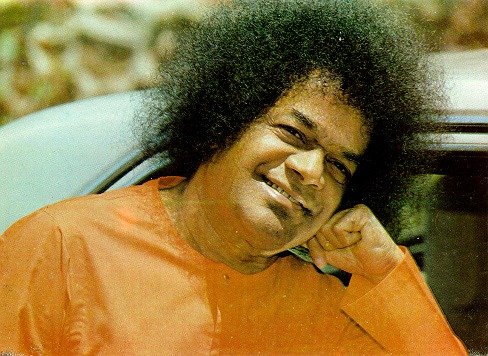
When Truth is given up, it amounts to losing one of the five vital airs. The dictum,┬Āsatyam vada, dharmam chara┬Ā(Speak the Truth, Act Righteously) is the foremost in the culture of Bharat, and crucial to spiritual advancement. What is the principal cause of today’s turmoil? It is the total abandonment of Truth and Righteousness. That is why Love is fast vanishing. In the absence of Truth, Righteousness, Peace and Love, Non-violence is on the rampage.
In the home and the village, in the city and the state, even in the nation at large, we witness orgies of violence. Terrible, cruel, and heinous crimes are being committed. Human life has become empty. Even now, through faith in God, we can cultivate our human values. Like a parent grieving over a dimwitted child, Mother India is crying over the dearth of human values in her citizenry. Moral, religious, and spiritual values have sunk to the bottom.
The qualities expected of a human being are called ‘human values’. In My opinion, if you develop Love all the other values will follow. Love is the chief quality. Love is God, God is love. Love is life. You have Love no doubt, but it is narrow. It is limited to you and your family, only I and mine. Love is not contraction as you have now. It is expansion.
Note how different is King Dushyanta, who was educated in the city but lacked all values, is from his son, Bharata, who imbibed human values through education in an┬Āashram. Education for livelihood is not worth the name. True education trains pupils to cognize the highest goals of life, and spurs them to realise human values.
Prof. Anil Kumar: Swami! Why do we need human values? What is their role in our lives?
Bhagavan:┬ĀIn this world every individual and material has a value. Each one has his/her or its own value. There is nothing in this world that has no value. Unfortunately, today it is only man who has lost his value. His life is spent as if his life has no value. Hence, man has become worse than an animal. Even the body of a bird or a small animal like a rabbit, even after it is killed, has a value; its flesh or meat is useful. But man, even if he were an emperor, has no value soon after he dies. So, there is every need to live with values. You should fill your lives with values make it valuable.
Prof. Anil Kumar: Swami! How can we acquire human values?
Bhagavan:┬ĀIt is not enough if you repeat like a parrot the five human values – Truth, Righteousness, Peace, Love, and Non-Violence. It is not enough if you give lectures or read books on human values; they have to be practised.
Just as ice is cold and fire is hot, a human being also should have human values in a natural way. If you limit these values to mere lectures, they lose their value. An ounce of practice is better than a ton of precepts. Your looking at the map of India doesn’t amount to your going round the country, does it? So also, by reading or lecturing on human values, you do not gain anything. If you sincerely practise any one of them, the rest will follow. A tree has the┬Ādharma┬Ā(nature) of a tree. An animal similarly has an animal┬Ādharma. Then should not a human being follow human┬Ādharma?

The qualities expected of a human being are called ‘human values’. In My opinion, if you develop Love all the other values will follow. Love is the chief quality. Love is God, God is love. Love is life. You have Love no doubt, but it is narrow. It is limited to you and your family, only I and mine. Love is not contraction as you have now. It is expansion. Love is selflessness, self is lovelessness. Be it a theist or an atheist, there is none in this world without love. You can win God’s grace only by love. It is the bond of love that exists between you and God.
What had made Lord Rama be so pleased with that squirrel in the Ramayana?
What scholarship had the boatman Guha had that impressed Rama?
What status and riches did Sabari have to win the love of Rama?
What accomplishments did the Gopis of Brindavan had to become so close and intimate to Lord Krishna?
In all these instances, it was only pure love that made them enjoy proximity to God. Love excels physical strength, intelligence, wealth and authority. God looks for love in a devotee. Where there is Love, there is Truth.
For instance, if your son, after playing in the field returns home with his friend and asks you for a┬Āladdu┬Ā(sweet), you may be tempted to say that there is no stock of sweets at home. But, if your son returns alone and asks for the same, you immediately get into the kitchen and bring the whole tin of sweets for him to eat as many as he likes.
See the difference! In the beginning, you denied a single sweet and later you placed the whole tin of sweets. Why? It is the love that you have for your son that made you speak the Truth.
A word spoken with Love is Truth. Any action that you do with Love is Righteousness. All the unjust and unrighteous deeds that are happening today are only due to the absence of Love. But an action done with Love is bound to be righteous.
When there is Love, you enjoy peace. It is said that the face is the index of the mind. We can know if one is peaceful, disturbed, or agitated by looking at one’s face.
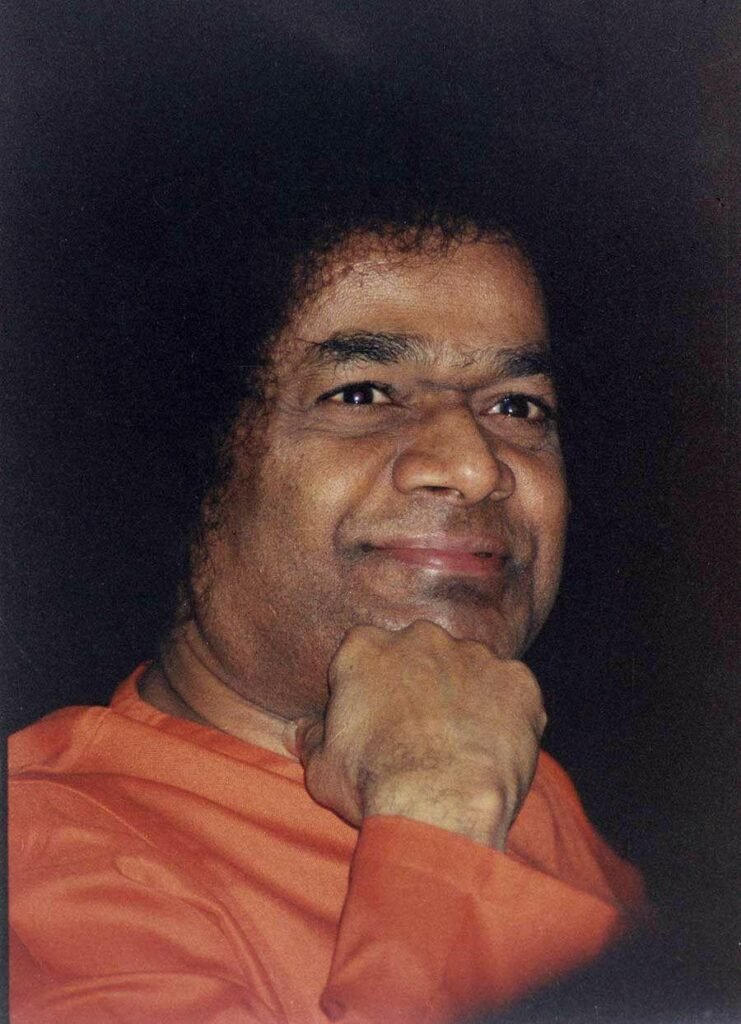
Man is more valuable than all the wealth in the world. Prices have gone up as man
has gone down in human values. The day human values go up,
the prices of commodities will come down.
Bhagavan:┬ĀMy opinion is that parents are solely responsible for spoiling children. Many parents behave like Dhritarashtra, the blind king of the Mahabharata. He never opposed or prevented his sons, the Kauravas, from doing any type of mischief or misdeed.
What happened to the king at the end? He was left with none to perform even his last rites or obsequies, though he had as many as a hundred sons. He ruined himself completely. Why? It was only his attachment to his sons that brought about his fall. The whole clan fell into disrepute because of this attachment.
Satyopanishad – Part Twenty six
Direct Directions from the Divine
CHAPTER VII:
Sadhana,┬ĀThe Inner Door
Prof. Anil Kumar: Swami! We have to work for our own┬Āmoksha. But, how can we develop spiritually the basic┬Āhuman quality? Will spiritual awareness help us to be more human and ultimately experience the divine?
Bhagavan:┬ĀToday, everyone appears to be a human being by virtue of having a human body. But, it is by virtue of your behaviour and nature that you should be a human being. You seem to have forgotten the value of human life.┬ĀKaya┬Ā(the body),┬Ākala┬Ā(time),┬Ākarma┬Ā(the action),┬Ākartavya┬Ā(duties), and┬Ākaarana┬Ā(the purpose of life) are all either misused or misdirected or wasted. Though there is considerable progress in science and technology, the basic human values are lost. Everywhere there is an atmosphere of fear, anxiety, tension, insecurity or agitation and restlessness.
To cultivate human values two qualities┬Āyama┬Ā(restraint) and┬Āniyama┬Ā(regulation) and the five principles┬Āahimsa┬Ā(non-violence),┬Āsatyam┬Ā(truth),┬Āasteyam┬Ā(not coveting others’ property),┬Āaparigraham┬Ā(not accepting or expecting anything from anybody) and┬Ābrahmacharyam┬Ā(celibacy) are essential.
Ahimsa┬Ādoes not merely mean refraining from killing or hurting anybody. By our thought, word, or deed, no one should be hurt or pained. This is true┬Āahimsa┬Āor non-violence. If you are harsh to anybody, it is violence. If you harbour evil thoughts towards anybody or cast bad looks on anyone, it is violence. Therefore, non-violence means not causing harm to anyone and not hurting anybody either by thought, word or deed.
Then, the second principle is┬Āsatyam┬Ātruth. In the ordinary sense, you think that truth is telling exactly what you see, hear, and know. This is worldly truth.
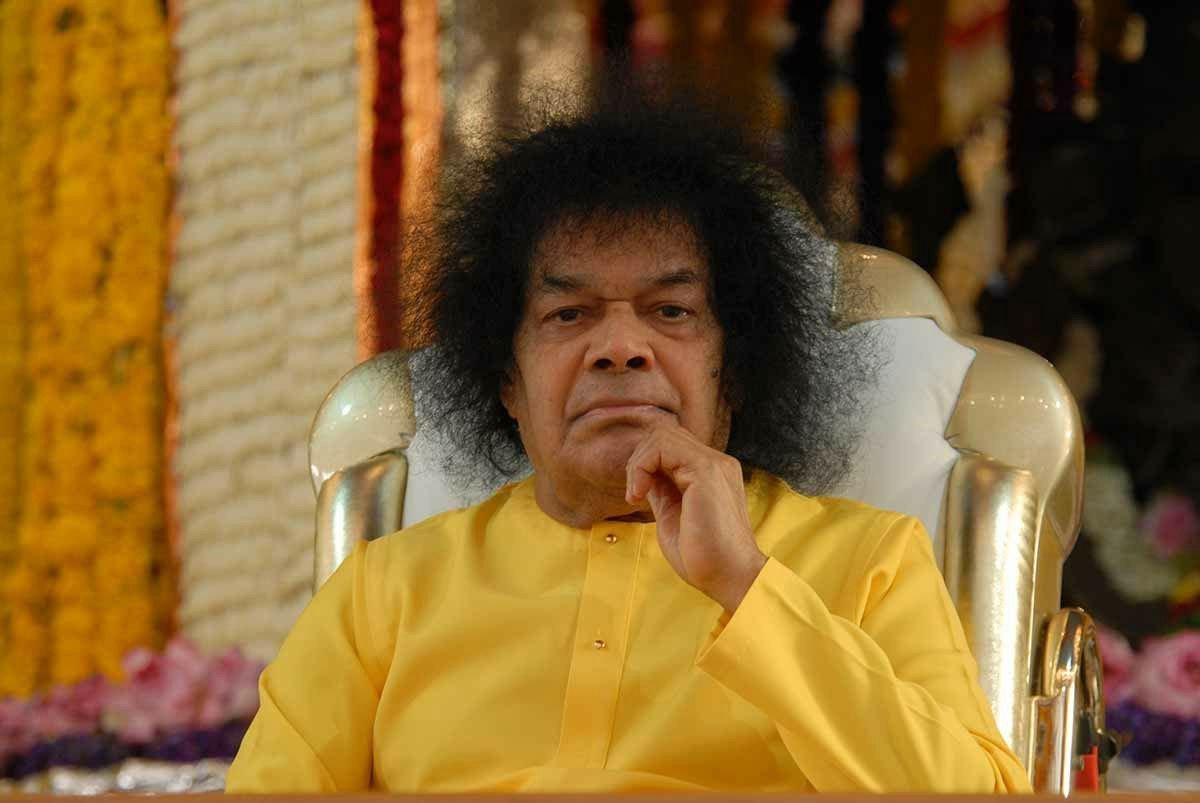
Even scientific laws are not constant. They change from time to time with new inventions, discoveries, observations and experiments. They may be called scientific truths, or material truths. Newspapers convey facts and not truth. Then what is truth? That which is permanent, eternal and changeless is┬Āsatyam, truth. Truth is God. You should speak truth in an acceptable and pleasing way.
The third principle is┬Āasteyam; you shall not covet others’ property. You shall not steal.┬ĀAsteyam┬Āin the true sense means not entertaining any thought to own or possess others’ property or that which doesn’t belong to you.
od created the whole world and gave it to man to be happy and to utilise it freely.
But, however, he gave it on one condition. “Oh Man! You do whatever you want,
but be prepared to face the fruits of your actions. You cannot escape from the
consequences of your actions. In full knowledge of this, from now, you can enjoy
and do whatever you wish to in this world”.
The fourth one is┬Āaparigraha.┬ĀDon’t expect as well as accept anything from anybody. But, you can accept things from your parents, Guru and God. You should not bother or pester your parents with demands they cannot afford to meet. You should accept wisdom and grace from your preceptor. But from God you must accept anything He gives you. Therefore, you are not permitted to receive anything from anyone. You should not become┬Ārnagrasta┬Ā(indebted to anybody). Give, but don’t receive.
The fifth principle is┬Ābrahmacharya,┬Ācelibacy.┬ĀBrahmacharya┬Ādoesn’t mean remaining unmarried. A┬Ābrahmachari┬Āis one who treads the┬Ābrahmamarga.┬Ā Chariyuncuta (to tread the path)┬Āof Brahman is┬Ābrahmachari┬Āor a celibate. Harmony in thought, word and deed is┬Ābrahmacharya.
Then, there are five┬Āniyamas.┬ĀThey are┬Ātapas┬Ā(penance),┬Āsaucham┬Ā(cleanliness),┬Ās’antos’am┬Ā(contentment),┬Āsvadhyayam┬Ā(scriptural reading) and┬Āisvara┬Āpranidhanam,┬Ā(dedicating all deeds to God).
Saucham┬Āincludes both outer and inner cleanliness. It is not enough if you are clean outwardly, taking bath everyday and wearing ironed clothes. You should be clean inwardly also. Attachment and hatred usually pollute your mind. You should see that the mind is not polluted by these two evils. Therefore, both outer purity and inner purity are necessary.

The third┬Āniyama┬Āis┬ĀsŌĆÖantos’am.┬ĀYou are under the impression that by fulfilling your desires, you will be satisfied and happy. No, contentment lies in putting a ceiling on your desires. Too many desires make your life miserable. You may offer any number of objects and any amount of material to fire. It will burn them all to ashes. Fire never says “no” or “enough” at any time. Like that, desires also have no limit.
The fourth┬Āniyama┬Āis┬Āsvadhyaya┬Āor study of the Holy Scriptures. You should read every day one Holy Scripture. This is called┬Āparayana,┬Āworshipfulreading of a religious book every day. This cleanses your mind to some extent.
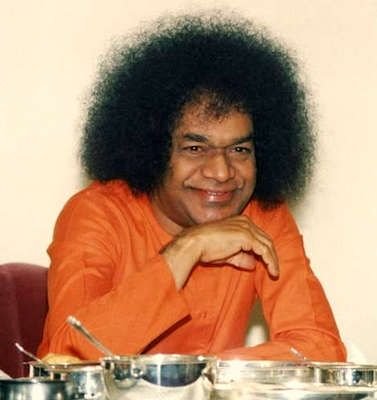
The fifth one is┬Āisvara┬Āpranidhanam.┬ĀGod is in you in the form of your conscience. You should satisfy your conscience. This is the most important.
Thus the five┬Āyamas┬Āand the five┬Āniyamas┬Āwill help you achieve the objectives or goals of life (purusarthas)┬Āand sustain your human values making you a true human being.
Bhagavan:┬ĀIt is remarked that of all the values of life┬Āsatya,┬Ātruth is the highest –Satyannasti┬Āparo dharmah.┬Ā┬ĀAll have truth as the basis. God is truth. The entire creation came into existence from that truth and will ultimately merge in truth.
Satyamu nundiyee┬Ā sarvambu┬Ā srustinche
Satyamuna anage┬Ā sarva┬Ā srusti
Satya mahimaleni sthalamedi┬Ā kanugonna
SŌĆÖuddha┬Ā sattvam idiye┬Ā chudaraiya
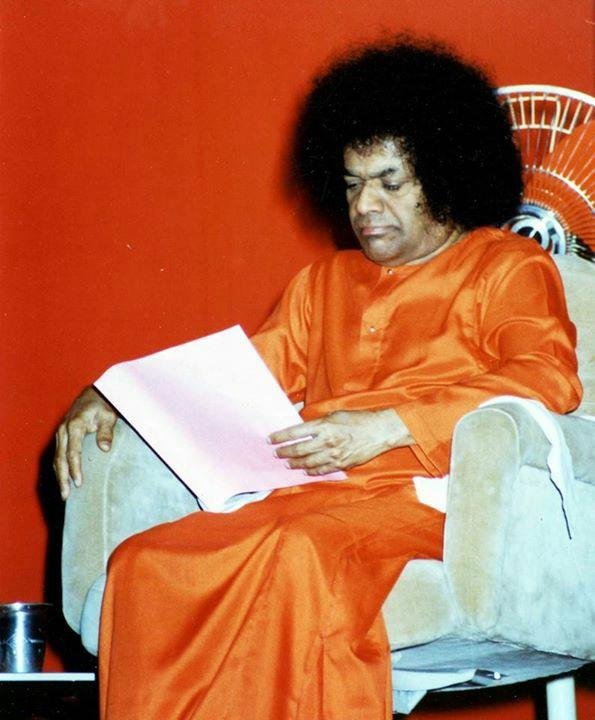
Next day he saw another beautiful lady was coming out of the palace and when asked who she was, she replied, “I am your Kingdom –┬ĀRajyalakshmi “.┬ĀHe remained silent. Next day he saw another woman of matchless beauty coming out of the palace. He asked, “Mother! Would you let me know who you are?ŌĆØ She said, ŌĆ£I am your reputation,┬Āyasas.ŌĆØ He didnŌĆÖt prevent her from leaving.
Next day he saw still another grand and majestic form, the like of whom he had never seen in his lifetime, coming out of the palace. He gently and reverentially asked her, ŌĆ£Mother! May I know who you are?ŌĆØ She replied, ŌĆ£I am Truth.ŌĆØ Then Prahlada fell at her feet and pleaded with her not to leave the palace. She finally agreed to get back into the palace and not to step out. Then what happened? The other angels, Character, Kingdom and Reputation followed her one after another back to the palace. It only means all will follow you if you have truth.
| Harming none through word, deed or thought is true ahimsa. |
Here, it is seen that┬Āsatyam┬Āhas been touched upon obliquely.┬ĀSatyam┬Āknows neither fear nor wrath.┬ĀSatyagraha┬Āis not just a compound word; where there is┬Āsatyam,┬Āwrath does not exist.┬ĀSatyam┬Ādoes not inflict pain. One who is rooted in┬Āsatyam,┬Ācannot undertake violence. Rather he considers┬Āahimsa┬Āas his┬Ādharma.
It is also said,┬Āvedokhilo dharmamulam.┬ĀVeda which describes┬Āyajnas,┬Āyagas┬Āand other rituals treats their performance as┬Ādharma. It is our duty to perform the deeds enjoined on us by Veda. Here, you have to consider┬Ādharma┬Āfrom the perspective of duty. You have to perform your duty, fulfil your obligations. Therefore, it is said,┬Ākartavyam┬Āyoga muchyate.
Inthe verse from┬ĀGita, swadharme┬Ānidhanam┬Āsreyaha,┬Āparadharmo┬Ābhayavahaha,┬Āyou have to realise that┬Ā“swadharme” refers to┬Āatmadharma.┬ĀOnthe other hand, the┬Ādharmas┬Āof the four castes and of the four stages of life are matters of birth. The population of the world is a mixture of black, white, yellow, and brown hues and these are to be found in all countries.
The┬Ādharmas┬Āof the four stages of life –┬Ābrahmacharya,┬Āgrahastya,┬Āvanaprastha,┬Āand┬Āsanyasa┬Āare to be viewed as four kinds of steps, four processes of┬Āsadhana to┬Āreach Brahman, after performing the deeds enjoined as one’s duty. Thus,┬Ādharma┬Āis very subtle. The life force of┬Āsatyam┬Āresides in utterance as does that of┬Ādharma┬Āin practice or action.
Prof. Anil Kumar: Swami! How does transformation of man come about?
Bhagavan:┬ĀActually transformation of man is transformation of mind. You wrongly tend to call it┬Ātransformation of the heart. The heart is not the physical heart located in the left side of the chest. The spiritual heart is quite different and is all-pervasive. This is existence of awareness, and is not subject to change. Transformation of the mind is truly important, for only the one endowed with mind is to be called Man. An individual passes away, but his mind survives. That is why it is said,
mana eva manusyanam,
karanam bandhamoksayoh
The mind alone is the cause of bondage or release of men. When the mind reaches out, as it does in the┬ĀPravrttimarga,┬Āit gets saturated with desires, ideas, and worldly concerns. But when it is┬Āwithdrawn in┬Āthe┬Ānivrttimarga,┬Āall these are subdued. This state is called┬Āamanaskam┬Ā(disinterestedness) and facilitates the experience of peace and joy. This is what is meant by transformation of the mind. Then alone is transformation of men possible.






















